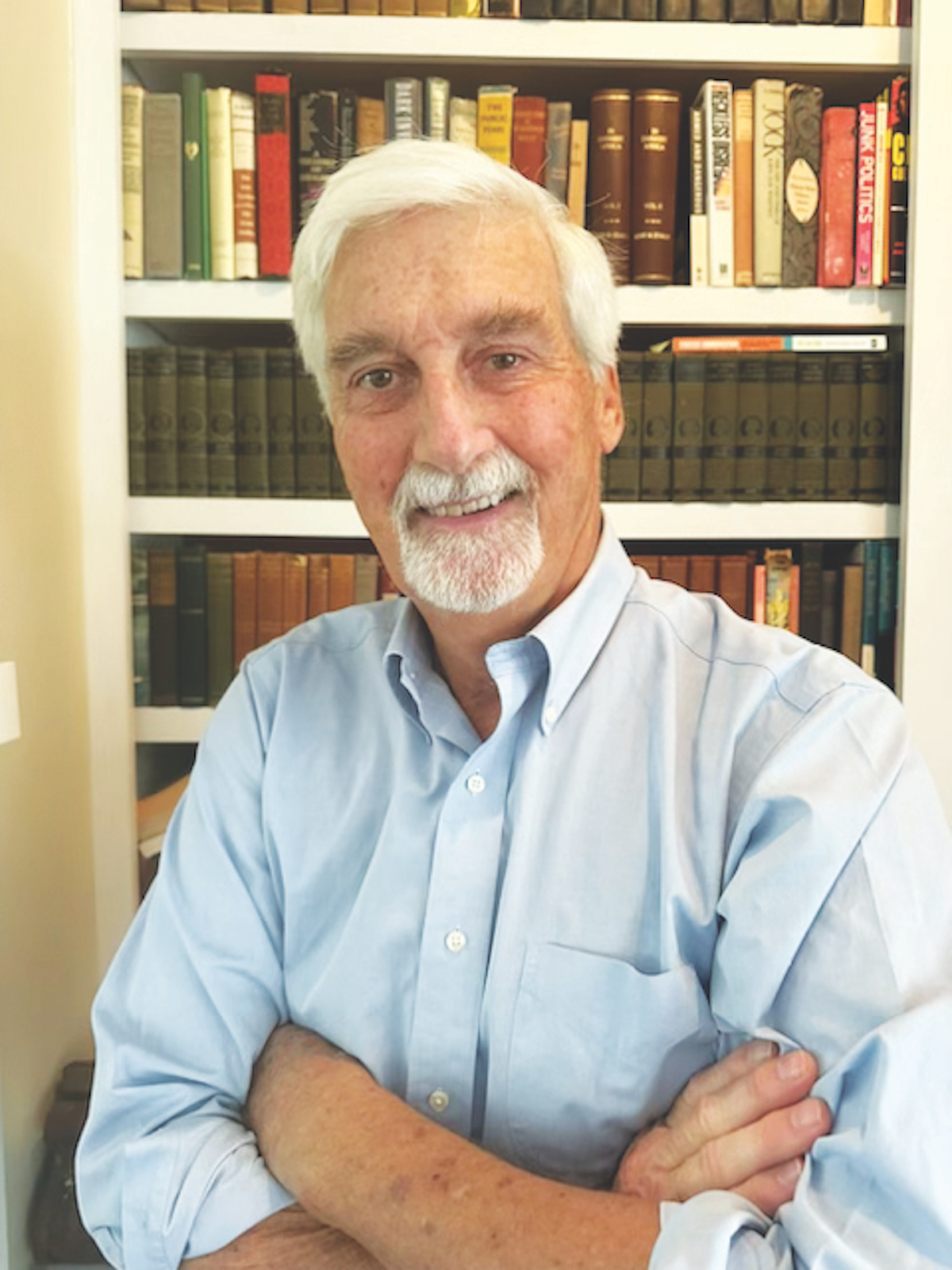By Scott Graber
It is Saturday afternoon, and I’m on my pine-planked, leaf-littered deck listening to guitar music drifting over from Paris Avenue.
Guitar music — always featuring “Proud Mary” — is a reliable part of any Port Royal street festival.
Today my aging mind is focused on a just finished novel, “The English Patient”, written by Michael Ondaatje; not to be confused with the movie of the same name directed by Anthony Minghella.
For those of you who saw the movie, and think you remember the details of this war-time romance, think again. Ondaatje’s novel is a different story.
Yes, the book gives us the horribly burned, face-obliterated patient; as well as the mentally shattered nurse who is strangely, inexplicably devoted to the dying patient.
Now I must admit I loved this novel set down in the Apennine hills that characterize Umbria and Tuscany. I am familiar with this vertical, stone-built, hill town landscape and the 5th U.S. Army’s long, bloody advance through this area in World War II.
But the novel gives its biggest role to the Sahara Desert in all of its empty, brown and ochre-hued topography. In this connection one must remember that in 1943 Britain still had a huge investment in Egypt — and one might argue that it owned India — and getting to India had become much easier with the completion of the Suez Canal through a part of that vast Saharan sand dune.
Prior to the 1900s various European explorers and geographers, beginning with Herodotus 400 years before Christ, traveled into the desert looking for fabled kingdoms like Mali and Sokoto.
Herodotus was followed by Major Daniel Houghton in the 1700s, searching for Timbuktu; by Friedrich Hornnemann who followed the Niger River; by Alexander Laing who managed to “discover” Timbuktu; by Dixon Denham who took a three-year-long hike looking for Lake Chad; by Jeremy Keenan who wrote about the Tuaregs. And many others who often died in the course of their thousand-mile, camel-and-compass-assisted trek through the shifting sands.
Should one actually return, to London or Berlin, one was wined and dined by Queen, celebrated by the newspapers, and a successful explorer like Grosvenor, Tristram or Todd could publish their journal and thereafter live a good life on the proceeds of lectures at the Royal Geographical Society. But these expeditions to Kharg Oasis, Gilf Kebir, El Taj were made with the knowledge that sudden sand storms could stop anything and kill everyone.
“It is though the surface is underlaid with steam pipes, with thousands of orifices through which tiny jets of steam are puffing out. The sand leaps in spurts and whirls. Inch by inch the disturbance rises as the wind increases its force. It seems as though the whole surface of the desert is rising in obedience to some upthrusting force beneath … the sky is shut out, all but the nearest objects fade from view, the universe is filled.”
What, you ask, motivated these otherwise rational, Oxford-educated men to hike into these sandstorms?
Boredom? Adventure? Cave drawings?
In the movie (and in the novel) the dying burn patient — who we come to know as Count Ladislaus de Almasy — had previously done some Saharan exploration; discovering a cave where there are drawings of animals and ancient “swimmers.”
In the book the burn patient grudgingly reveals his identity all the while giving us a history of Northern Africa and the Sahara. He mesmerizes the beautiful nurse, a Sikh bomb-defuser and a character named Caravaggio—this fourth character knowing the “English Patient” was actually a spy in the service of General Erwin Rommel, a/k/a the “Desert Fox.”
I have encountered the Sahara once — in a place called Sokoto (Nigeria) — when my wife and I were helping with a documentary. I was taken with its severe beauty; and the dark, chiseled beauty of the Hausa people who somehow survive in this empty, red and rust-colored place.
I was not taken with the fact that the hotel’s bar only served Fanta; and the pool did not allow laps. When I inquired with the concierge about this strange rule; he said “You will be beaten if you swim.”
“I know I look ridiculous in a Speedo,” I replied, “but being beaten seems harsh.”
Once one gets past the absence of Scotch, and 1500 yard work-outs, (learning that Islamic law forbids recreational alcohol and the display of the uncovered human form) the Sahara is a fabulous destination.
Scott Graber is a lawyer, novelist, veteran columnist and longtime resident of Port Royal. He can be reached at cscottgraber@gmail.com.







